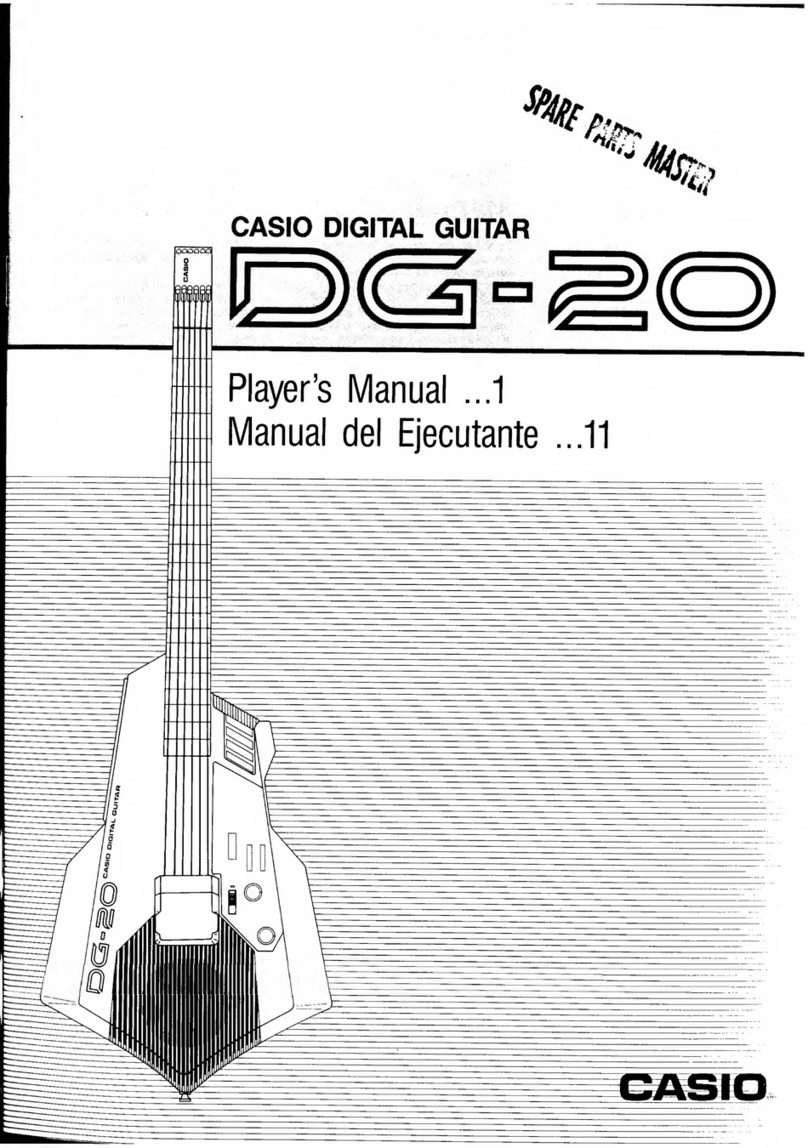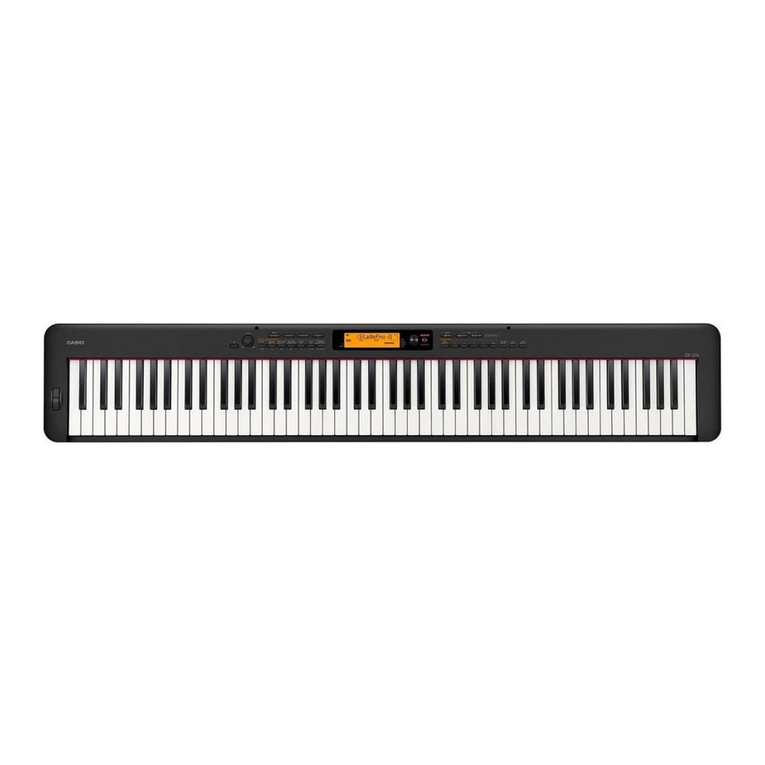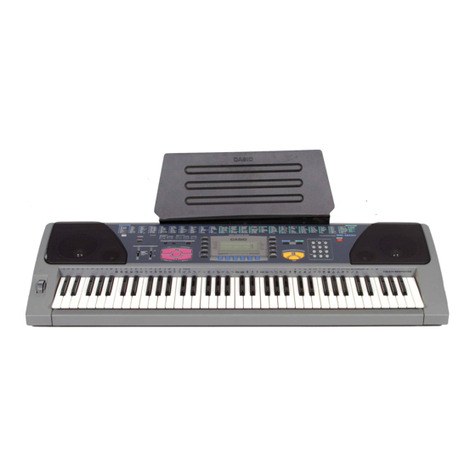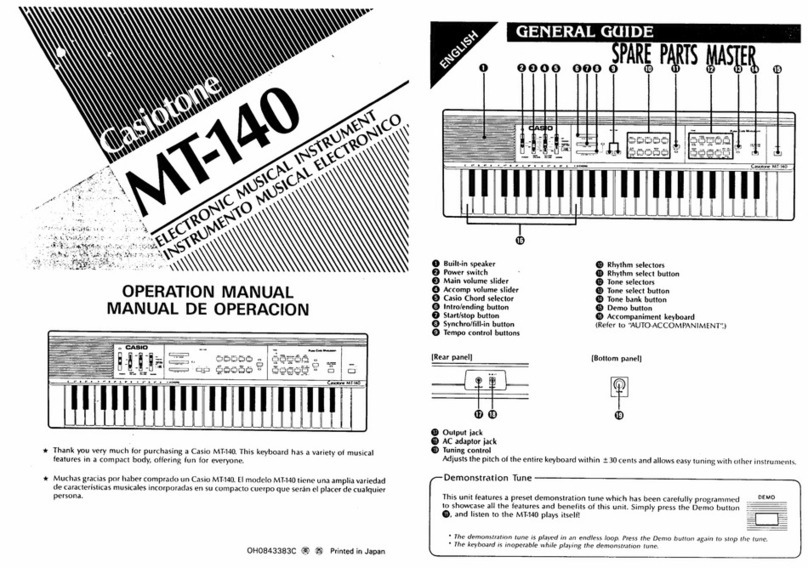Casio CPS-300 User manual
Other Casio Musical Instrument manuals

Casio
Casio PRIVIA PX-3S User manual
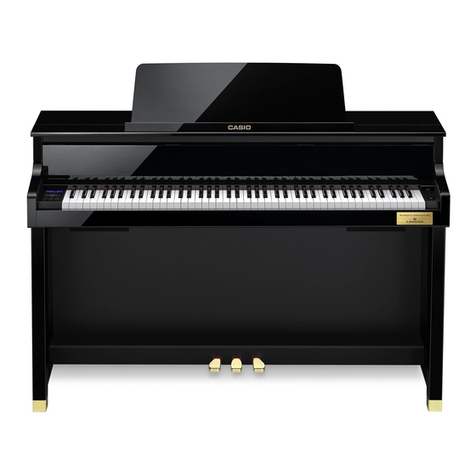
Casio
Casio CELVIANO GP-510 User manual

Casio
Casio Privia PX-765 User manual

Casio
Casio Piano Sound CPS-60 User manual
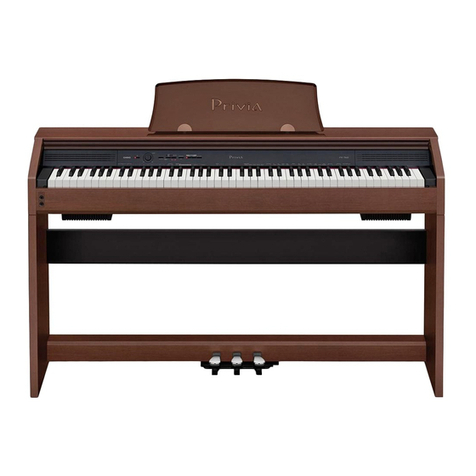
Casio
Casio Privia PX-760 User manual
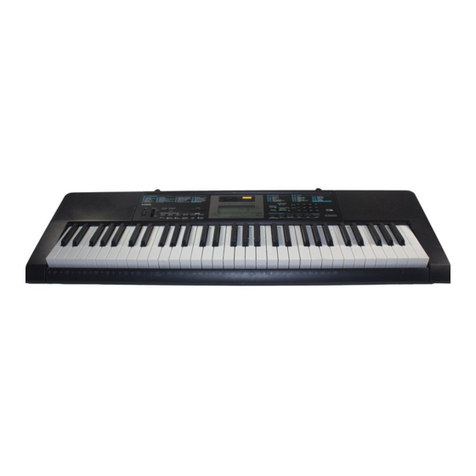
Casio
Casio LK-170 User manual
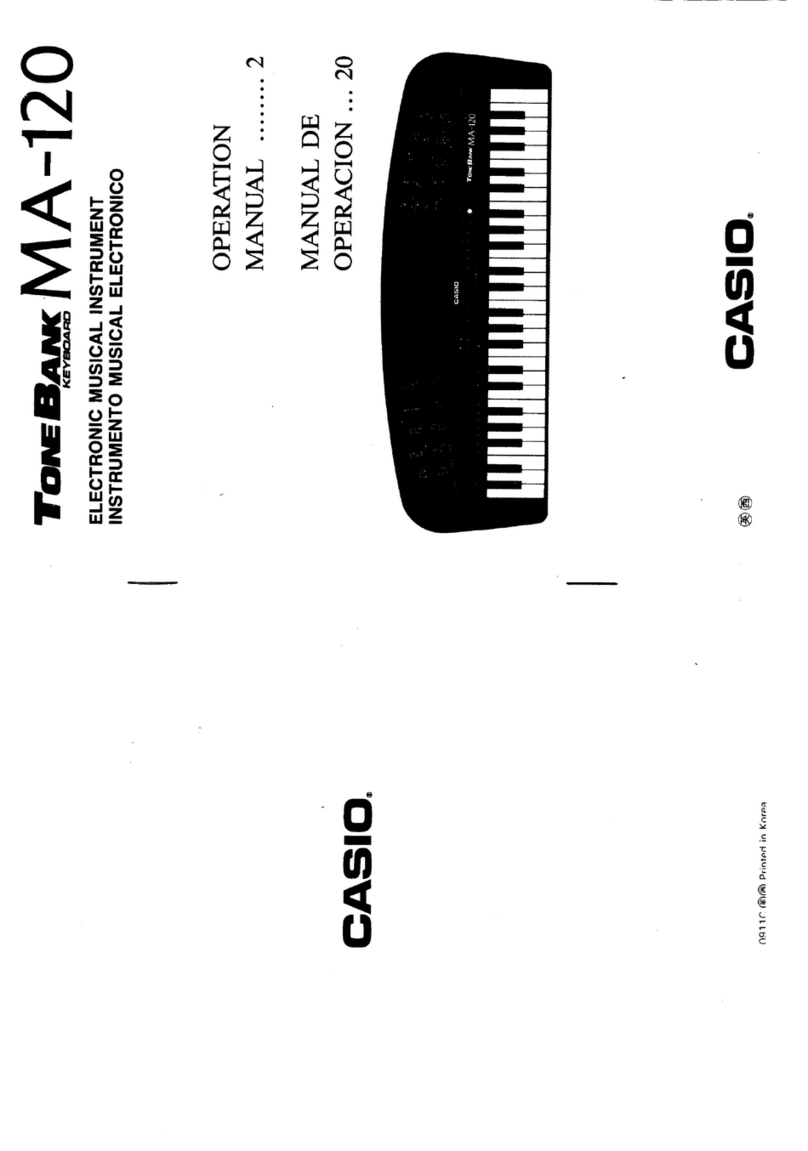
Casio
Casio MA-120 User manual
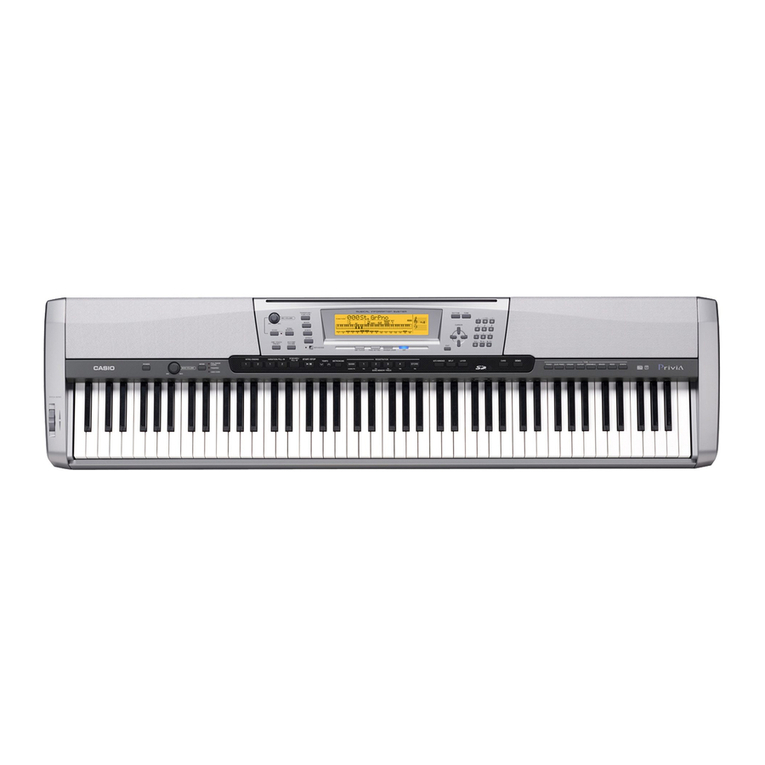
Casio
Casio 575E1A User manual
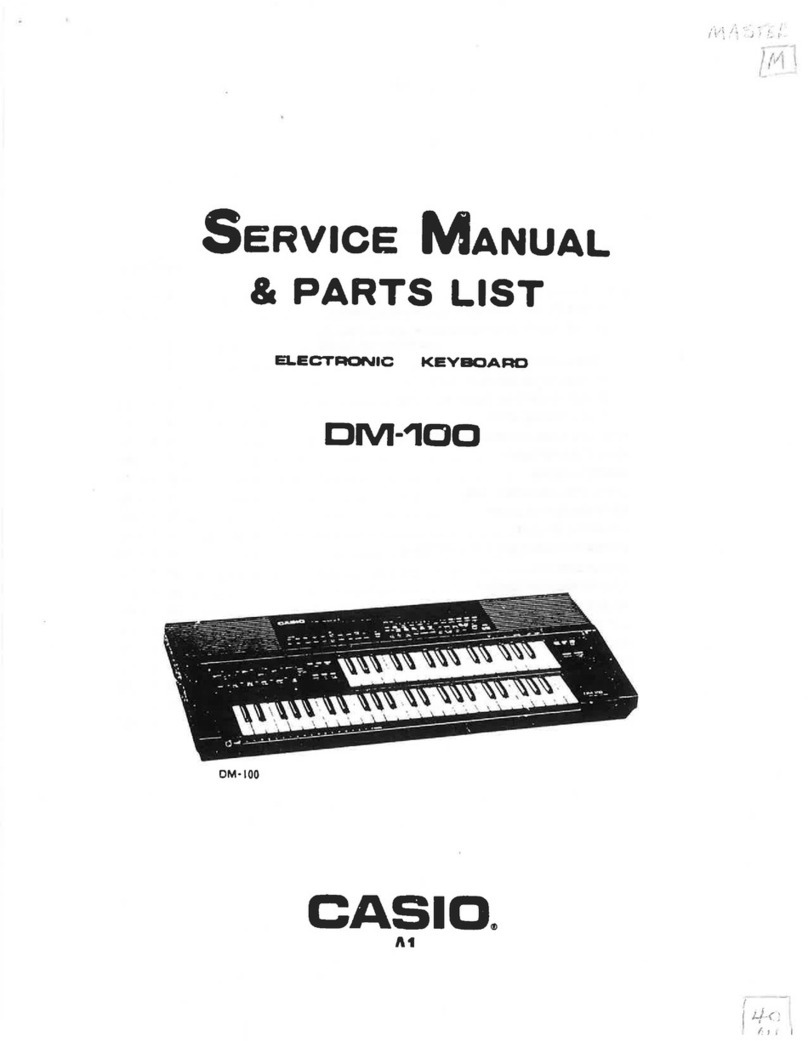
Casio
Casio DM-100 User manual
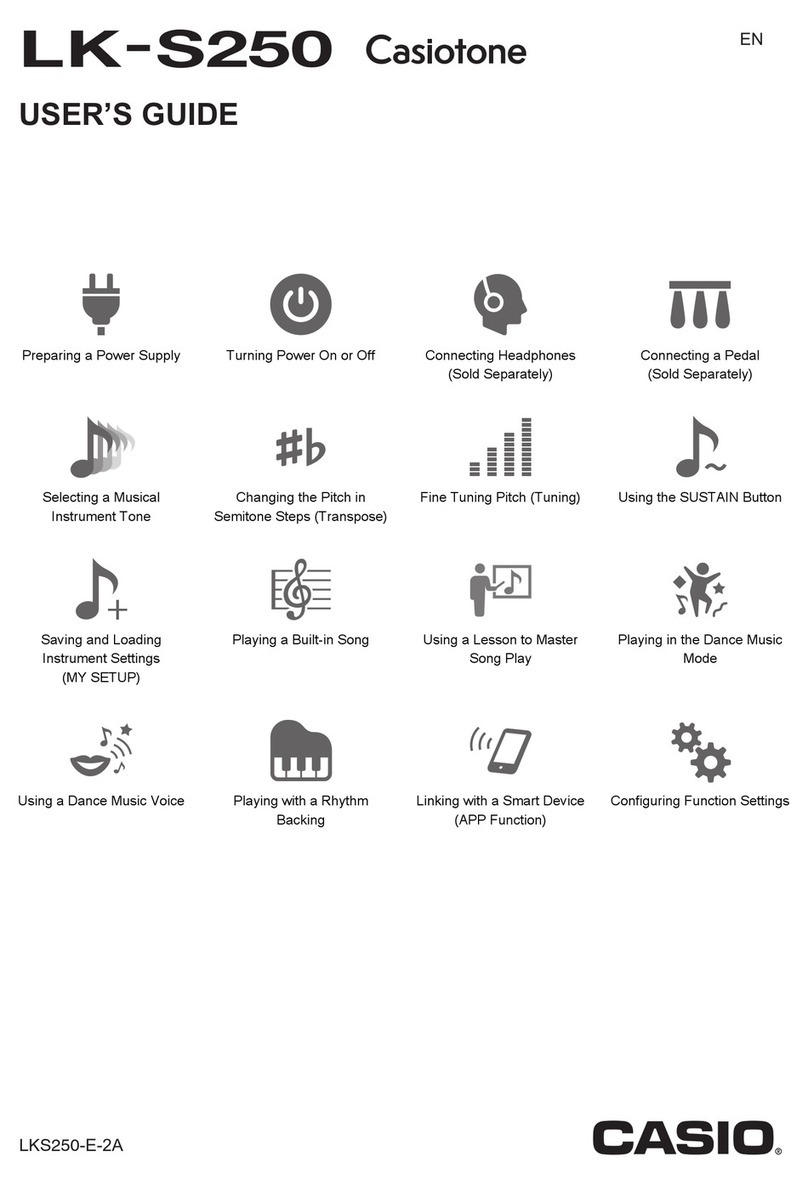
Casio
Casio LK-S250 User manual
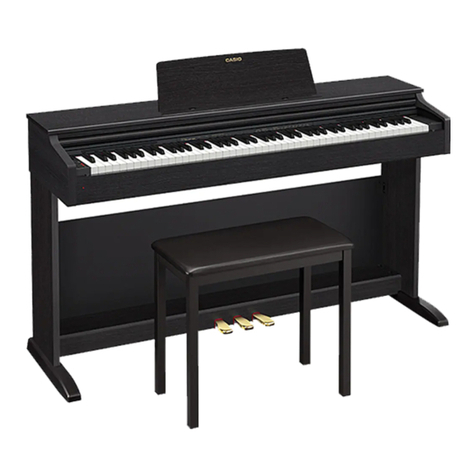
Casio
Casio Celviano AP-270 BK User manual
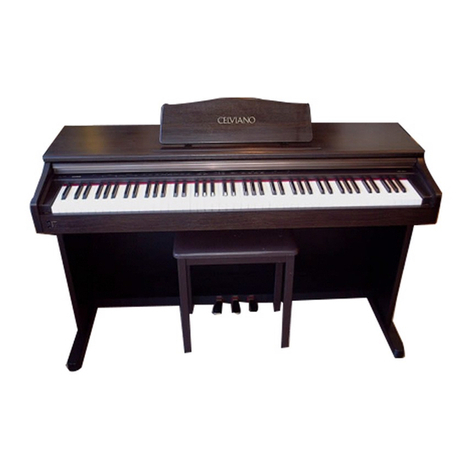
Casio
Casio AP-20 User manual
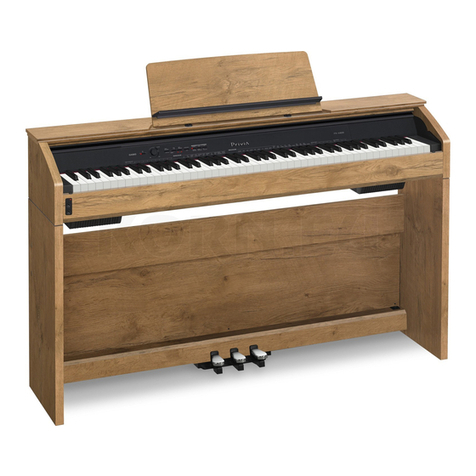
Casio
Casio Privia PX-A800 User manual
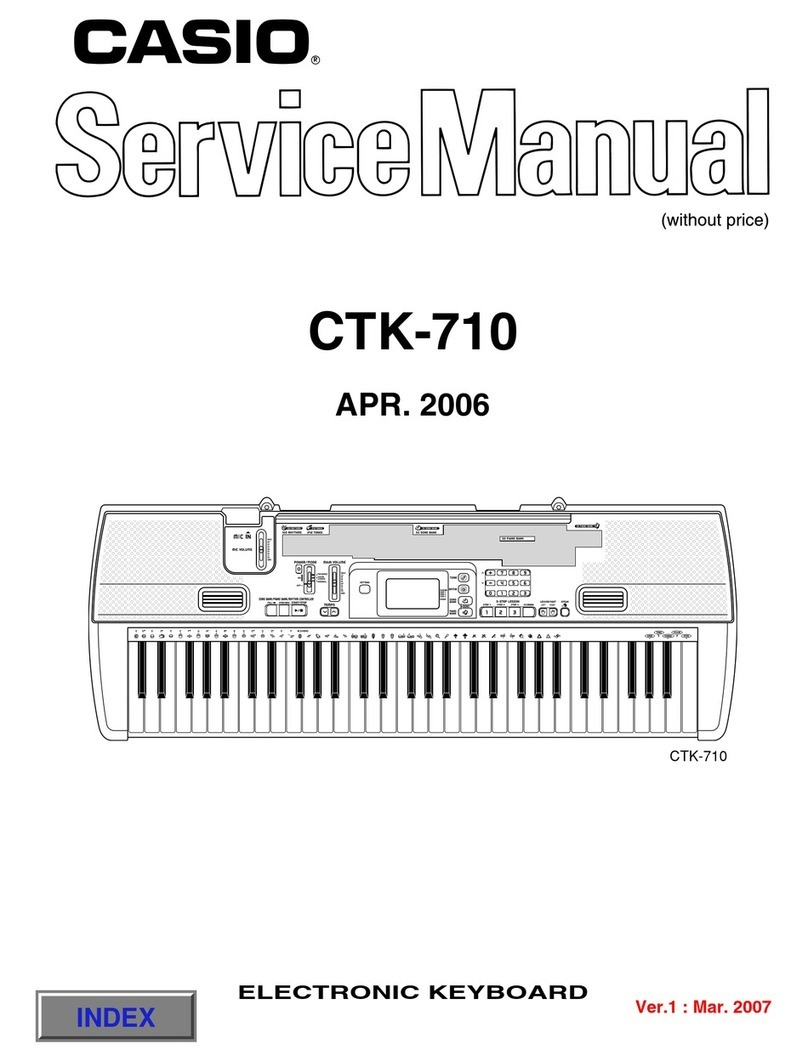
Casio
Casio CTK-710 User manual
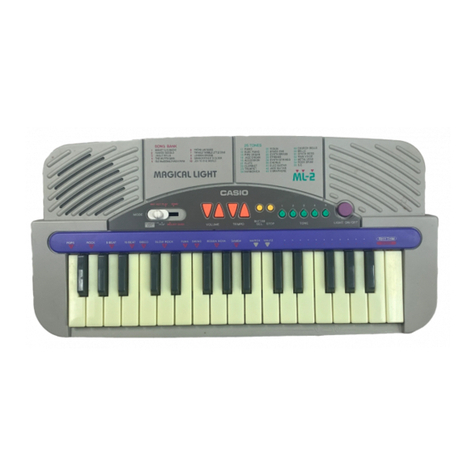
Casio
Casio Magical Light ML-2 User manual
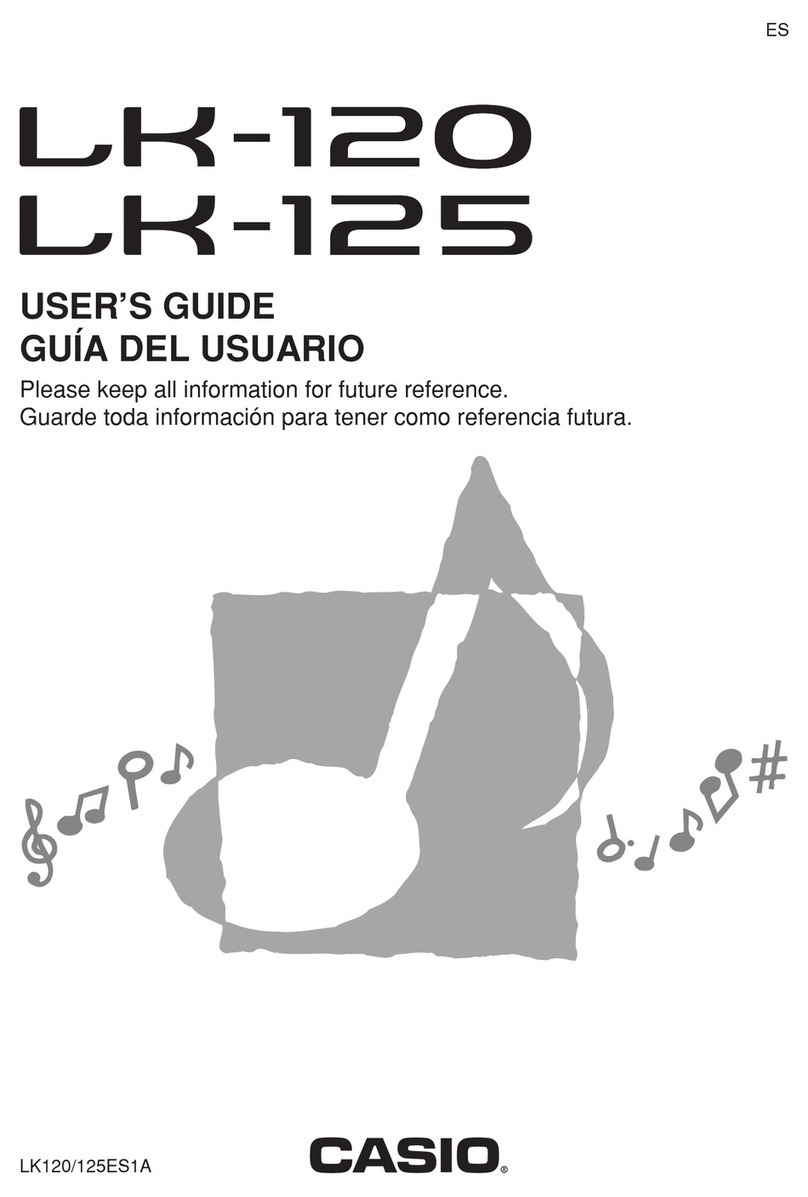
Casio
Casio LK-120 User manual

Casio
Casio CDP-200R User manual
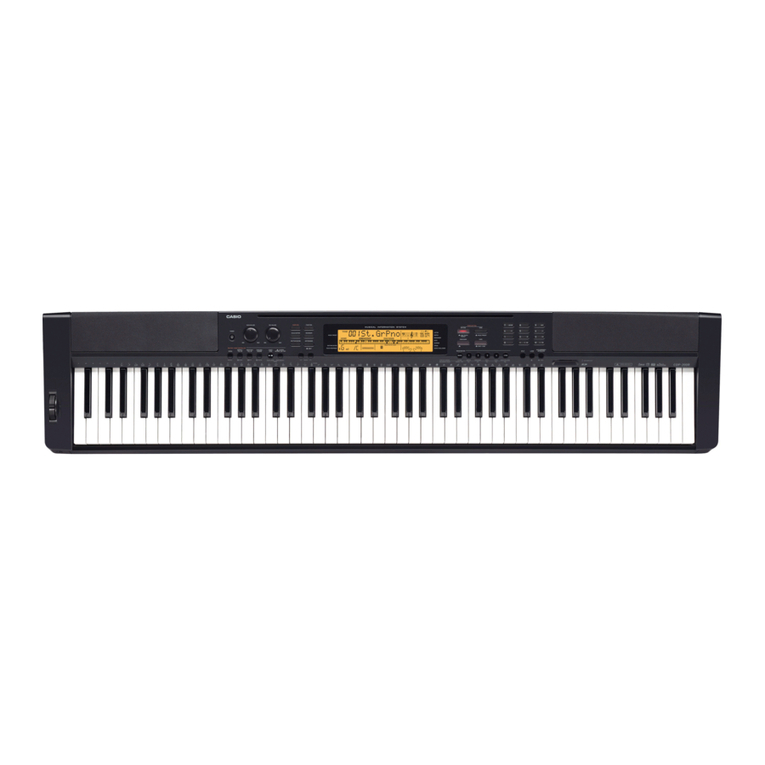
Casio
Casio CDP-200R User manual

Casio
Casio CGP-700 User manual
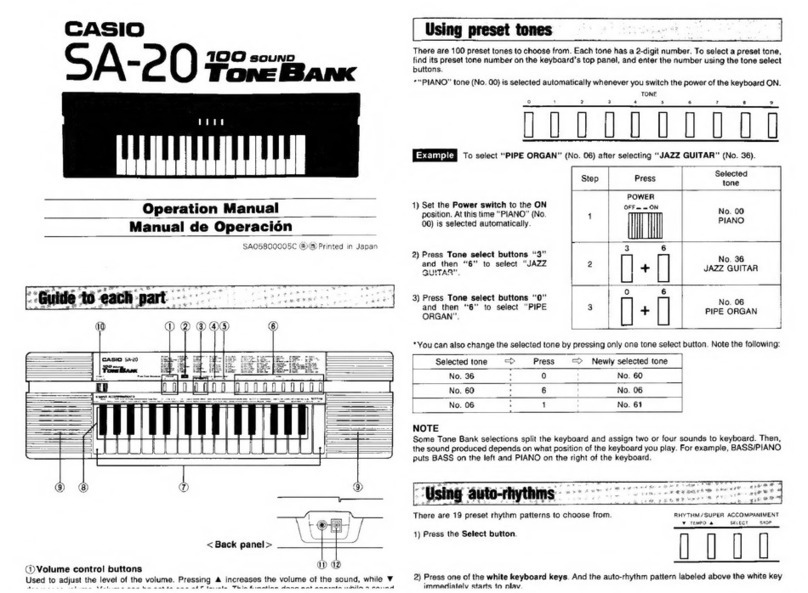
Casio
Casio SA-20 User manual
